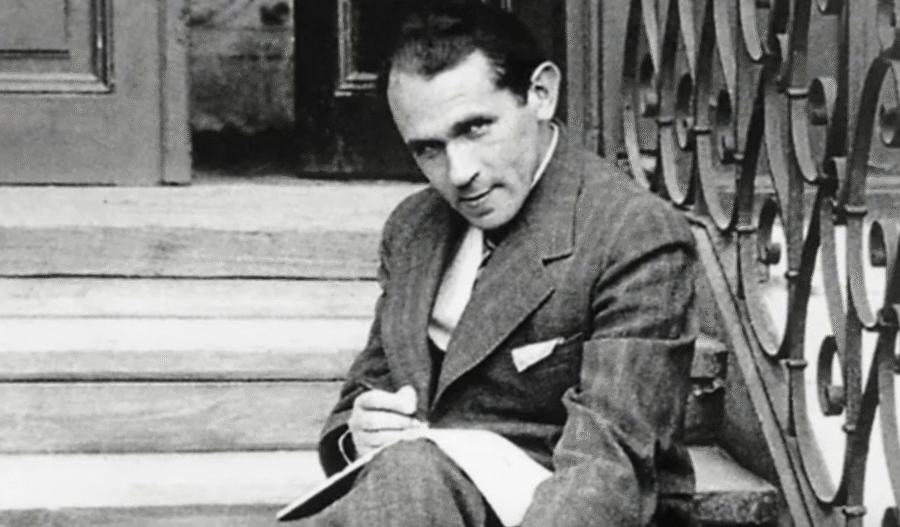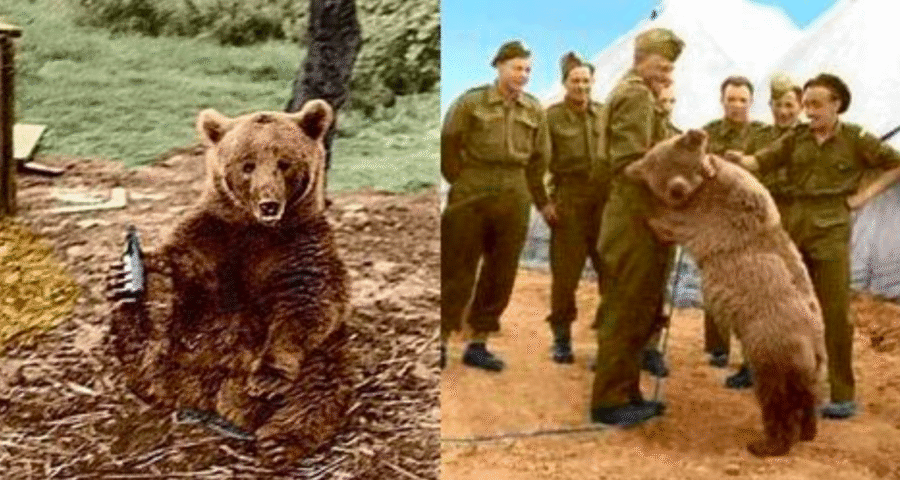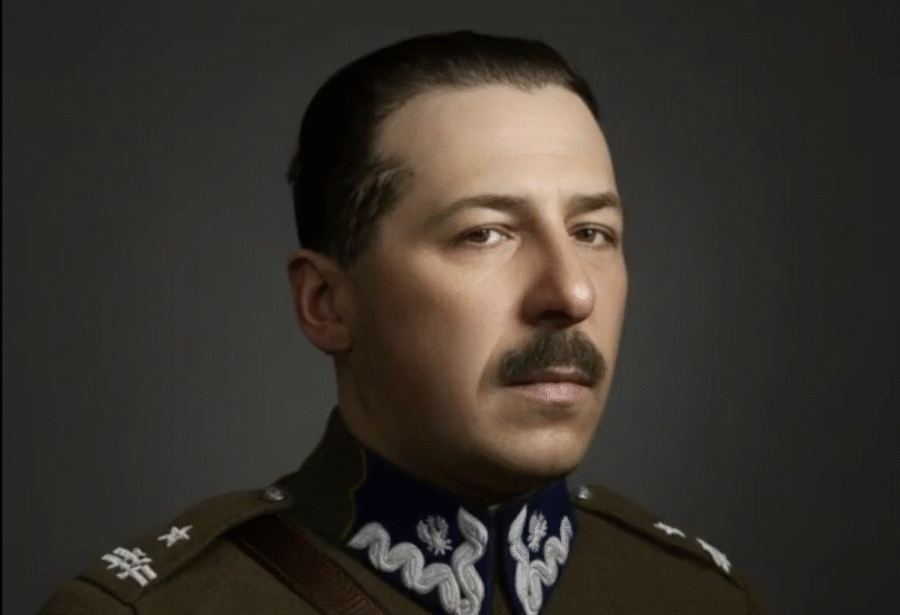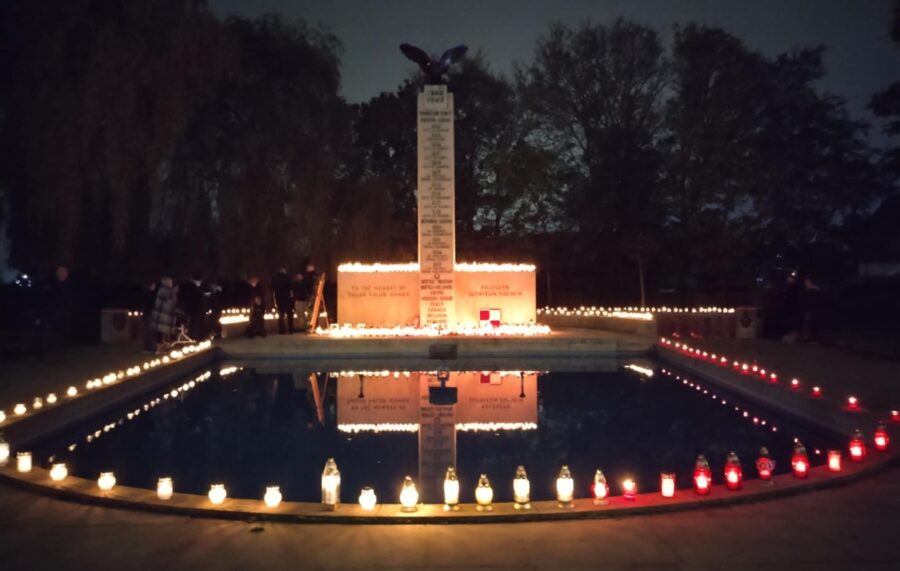In December, a monument to Stalin was unveiled in Russia’s Vologda, the city where Varlam Shalamov, prisoner and Virgil of the Soviet Gulag.
The bronze Generalissimo stands at full height, putting his hand behind the cuff of his overcoat, and smiles into his mustache. The sculpture is located on the territory of the house-museum “Vologda Exile”, where political exile Dzhugashvili lived in 1911-12. As it was calculated in “Verstka” publication, it was the fifth monument to Stalin to be erected in the past year, the fifth out of nearly 120 that exist in Russia.

Local Governor Filimonov laid flowers at a monument to the victims of political repression on the same day, and then attended the unveiling of a monument to their murderer, “the greatest figure,” in his words, “whose memory must be cherished, honored and passed on to posterity.”

It would seem to be political schizophrenia: it is impossible to both memorialise the victims and honor the perpetrator. Either-or. And yet it’s happening. This is not yet a total erasure of the memory of those destroyed by the Soviet state and its crimes, but it is already a conscious, macabre mockery of this memory, its desecration and trampling. And Stalin in this sense is the sign that the mocker puts on the object that he wants to desecrate, that is, symbolically destroy, deprive of protection and meaning: like the swastika inscribed on the wall of the synagogue.
Russia still has laws recognising the fact of Soviet mass political repressions… read more
Sergei Lebedev
The article was published in its entirety on the „World of Sybir” portal.








